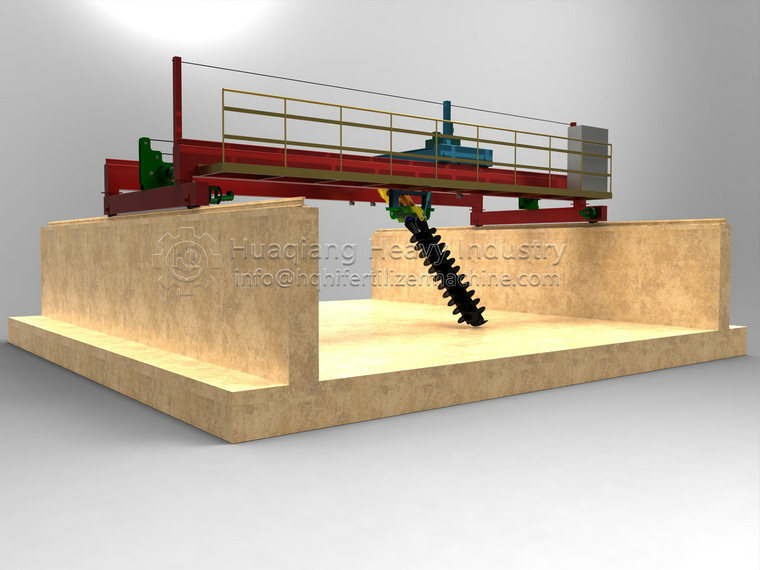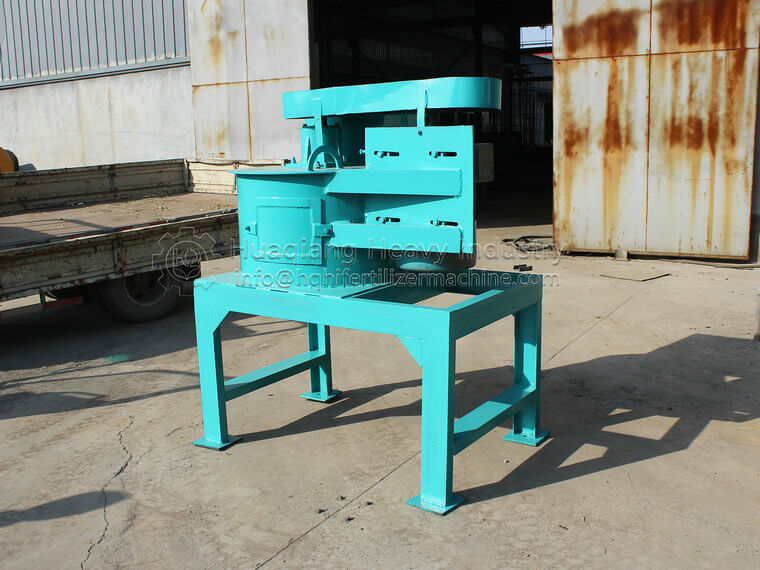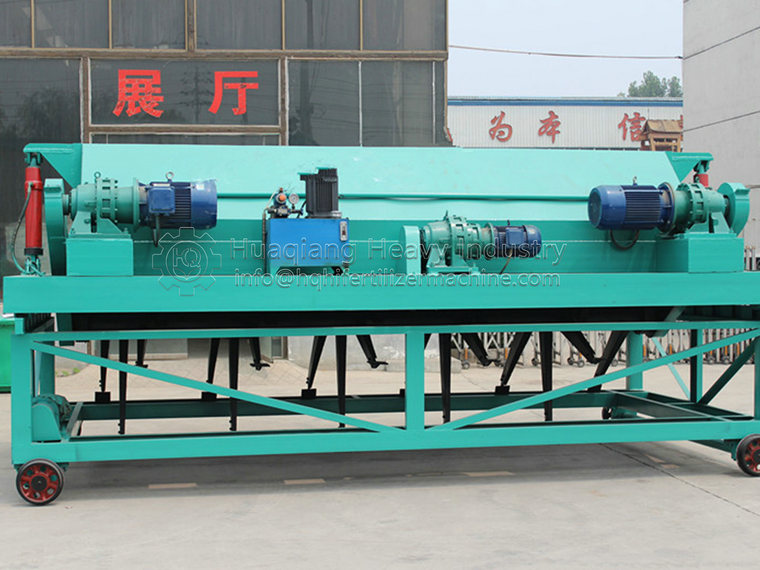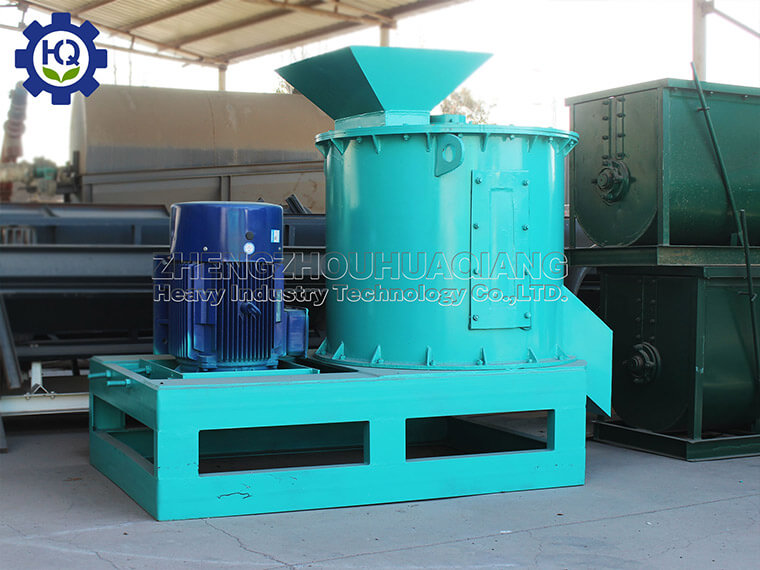Equipment principle of organic fertilizer mixer for processing fertilizers
As a key equipment in organic fertilizer production, the mixing principle of the organic fertilizer mixer is the core of achieving high-quality fertilizer production. Understanding these principles helps us better understand the working process and advantages of the equipment.
Organic fertilizer mixers mainly achieve material mixing through mechanical stirring. It is equipped with various stirring components inside, commonly including spiral blades and propeller blades. Spiral blades are usually installed on the mixing shaft, and as the mixing shaft rotates, the blades push the material forward along the axial direction. This axial material flow enables long-distance exchange of materials located at both ends of the mixer, ensuring initial mixing of materials at different positions.
The blades are distributed in the mixing space at different angles and shapes. When the propeller blades rotate at high speed, a strong centrifugal force is generated, throwing surrounding materials in all directions. This process not only increases the radial movement of the material, but also creates complex cross flow paths for the material inside the mixer. Under the combined radial and axial motion, different raw materials interpenetrate and collide with each other, achieving more thorough mixing.
During the mixing process, the particle characteristics of the material also affect the mixing effect. Smaller particles are more easily dispersed evenly under the action of stirring force, while larger particles require stronger stirring force to achieve good mixing. The organic fertilizer mixer adjusts the mixing speed, shape and layout of mixing components to adapt to materials of different particle sizes, ensuring that all raw materials can achieve the desired mixing degree.
In addition, the design of the organic fertilizer mixer also takes into account the physical properties of the material, such as viscosity and flowability. For materials with high viscosity, the surface of the stirring component is usually designed to be smooth to reduce material adhesion, while increasing the stirring force to overcome the viscous resistance between materials and achieve uniform mixing. For materials with good fluidity, the mixing speed and method will be adjusted accordingly to avoid excessive separation of materials during the mixing process.
In general, the organic fertilizer mixer achieves efficient and uniform mixing of various raw materials with different properties through clever mixing component design and reasonable mixing motion, utilizing axial and radial material flow, as well as mutual collision and interpenetration between materials, laying a solid foundation for the production of high-quality organic fertilizers.







